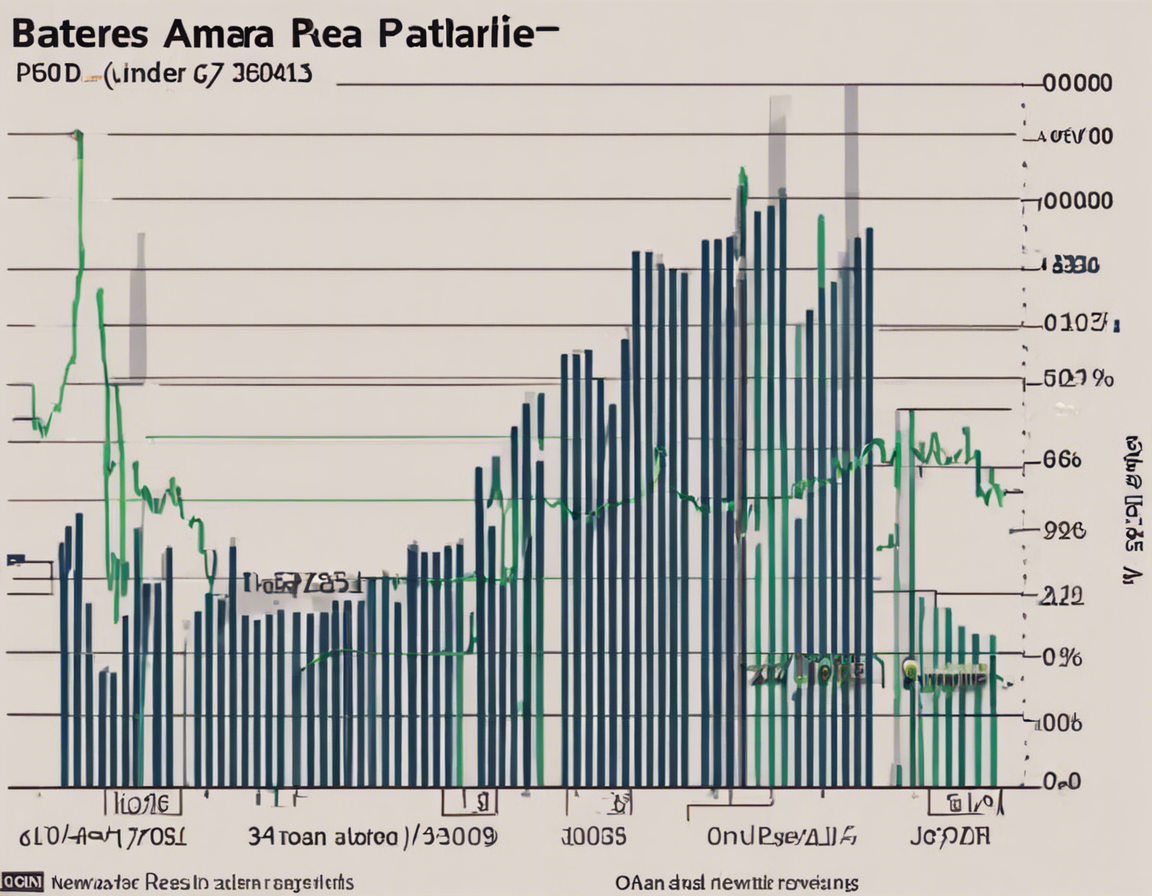Introduction
When it comes to investing in the stock market, understanding stock price trends is crucial for making informed decisions. One of the well-known stocks in the Indian market is Amara Raja Batteries, a leading player in the automotive and industrial battery segment. Analyzing the stock price trends of Amara Raja Batteries can provide valuable insights for investors looking to buy, hold, or sell the stock.
Historical Performance
One of the key aspects of analyzing stock price trends is looking at historical performance. By examining the historical stock prices of Amara Raja Batteries over a certain period, investors can identify patterns and trends that may help predict future price movements.
A comprehensive analysis of historical stock prices may involve technical analysis techniques like moving averages, relative strength index (RSI), and Bollinger Bands. These tools can provide valuable information about the trends and momentum of the stock price, helping investors make more informed decisions.
Factors Influencing Stock Price
Several factors can influence the stock price of Amara Raja Batteries, including industry trends, macroeconomic conditions, company performance, and market sentiment. For instance, a rise in automotive sales can positively impact the demand for batteries, leading to an increase in the stock price.
Similarly, any negative news related to the company, such as a decline in profitability or a legal issue, can cause the stock price to fall. It’s essential for investors to stay informed about both internal and external factors that can affect the stock price of Amara Raja Batteries.
Technical Analysis
Technical analysis plays a crucial role in understanding stock price trends. By using technical indicators and chart patterns, investors can identify potential entry and exit points for trading Amara Raja Batteries stock. Some common technical indicators include moving averages, MACD, and stochastic oscillators.
Chart patterns like head and shoulders, double tops, and triangles can also provide valuable insights into the stock price trends of Amara Raja Batteries. Investors can use these patterns to anticipate potential reversals or continuations in the stock price movement.
Fundamental Analysis
In addition to technical analysis, fundamental analysis is essential for evaluating the intrinsic value of Amara Raja Batteries stock. Fundamental analysis involves examining financial statements, earnings reports, and market position to assess the company’s growth potential and profitability.
Key metrics like earnings per share (EPS), price-to-earnings (P/E) ratio, and return on equity (ROE) can provide valuable insights into the fundamental strength of Amara Raja Batteries. By combining technical and fundamental analysis, investors can make well-informed decisions about buying or selling the stock.
Risk Factors
Investing in the stock market always involves risks, and it’s essential for investors to be aware of the potential risk factors associated with Amara Raja Batteries stock. Some of the risk factors that can impact the stock price include competition, regulatory changes, economic downturns, and company-specific issues.
Diversification, risk management strategies, and thorough research can help investors mitigate the risks associated with stock price fluctuations. It’s important to have a clear understanding of your risk tolerance and investment objectives before investing in Amara Raja Batteries or any other stock.
Conclusion
Analyzing stock price trends is a critical aspect of successful investing in the stock market. By understanding the historical performance, factors influencing the stock price, technical and fundamental analysis, and risk factors associated with Amara Raja Batteries stock, investors can make well-informed decisions to achieve their financial goals.
FAQs
-
What are some common technical indicators used to analyze stock price trends?
Common technical indicators include moving averages, MACD, RSI, and stochastic oscillators. -
How can fundamental analysis help in evaluating the intrinsic value of a stock?
Fundamental analysis involves examining financial statements, earnings reports, and market position to assess the company’s growth potential and profitability. -
What are some common risk factors that can impact stock prices?
Common risk factors include competition, regulatory changes, economic downturns, and company-specific issues. -
How can investors mitigate risks associated with stock price fluctuations?
Diversification, risk management strategies, and thorough research can help investors mitigate risks in the stock market. -
Why is it important to consider both technical and fundamental analysis when analyzing stock price trends?
Both technical and fundamental analysis provide valuable insights into the trends, momentum, and intrinsic value of a stock, helping investors make well-informed decisions.
